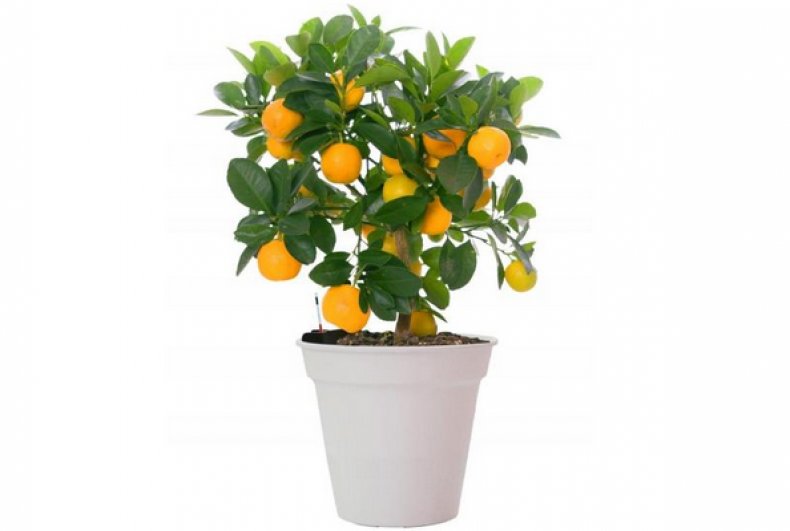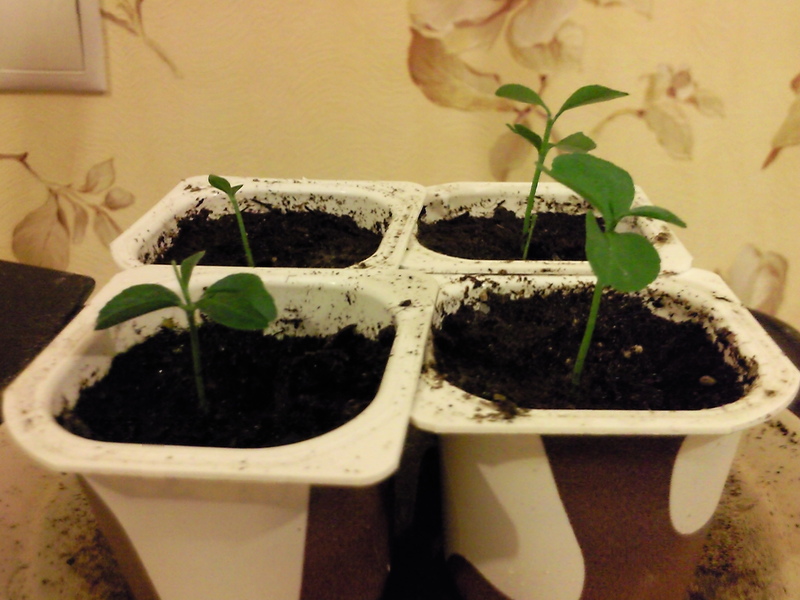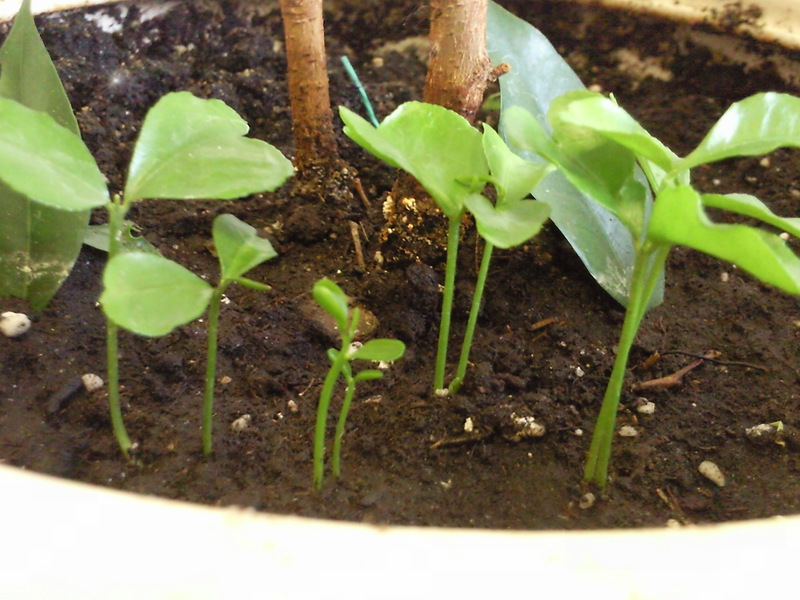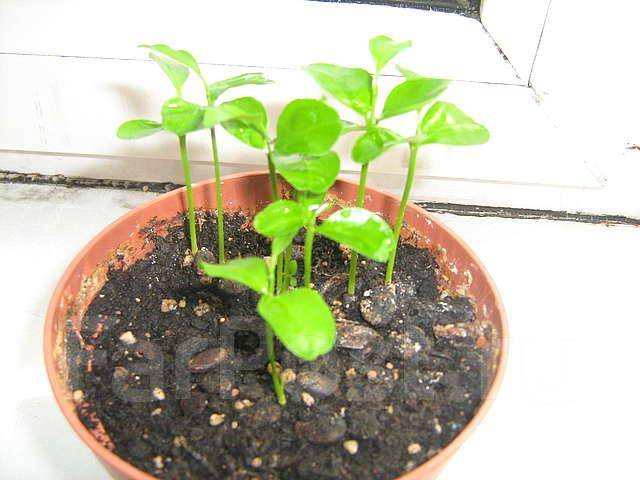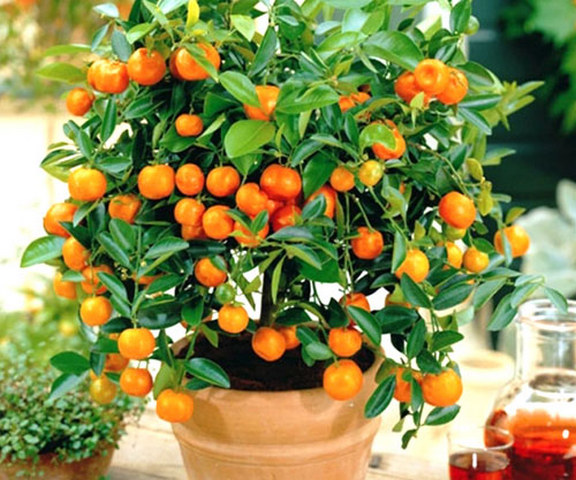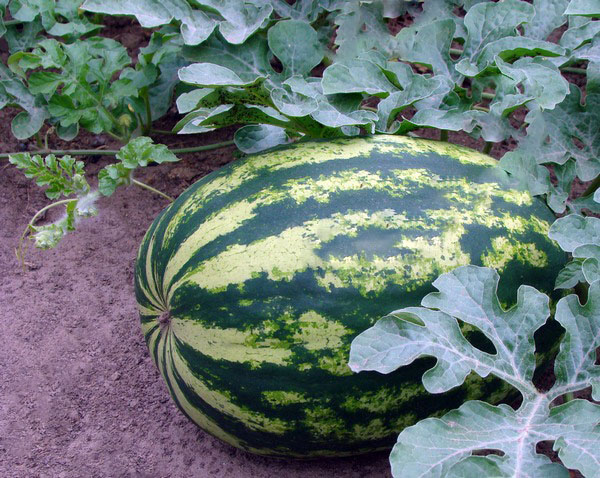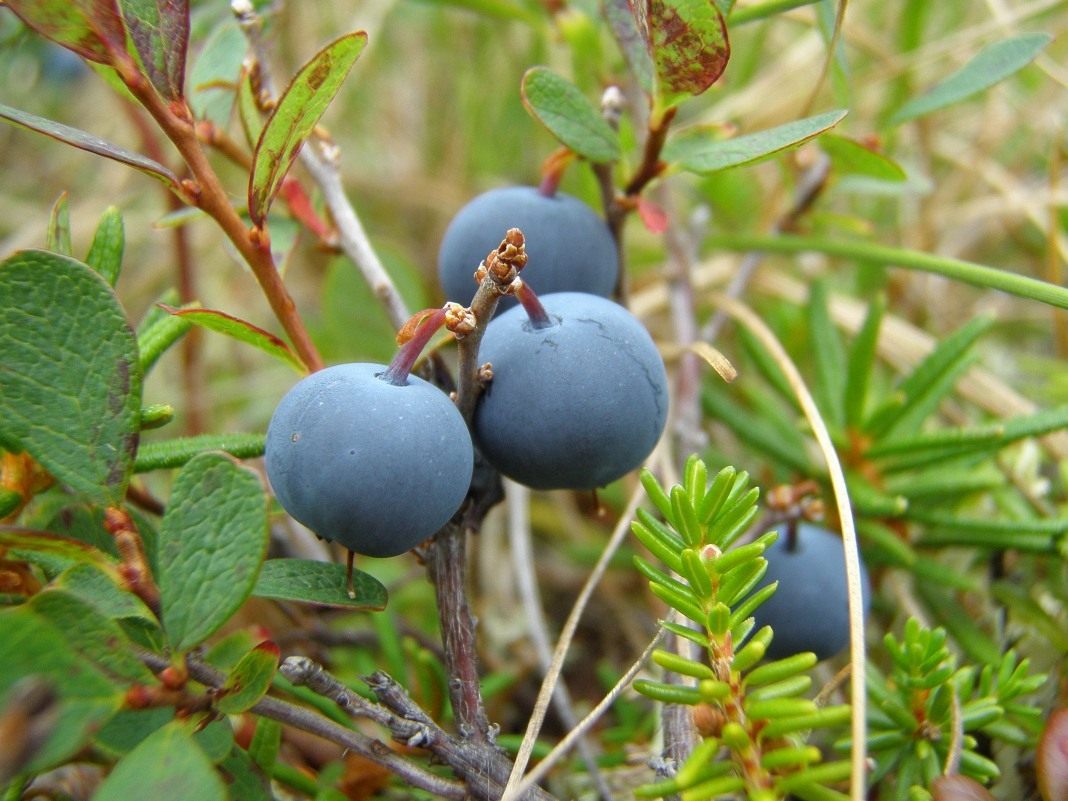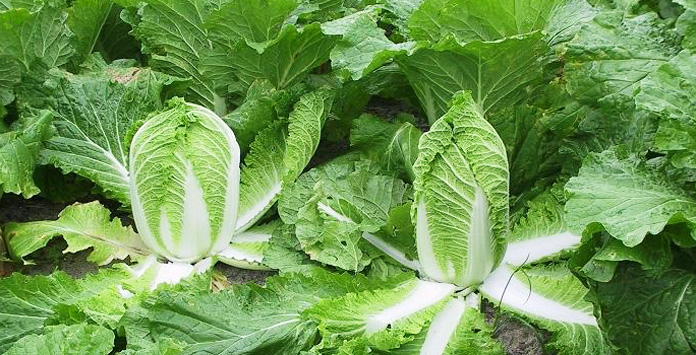Content:
About the most popular varieties
Orange belongs to the evergreen trees of the Citrus genus. In its homeland (in countries with tropical and subtropical climates), a tree on the street can grow up to 7-12 m in height. However, in Russia they often try to plant it at home. The tree has a compact and round crown and rounded green leaves. Its undoubted advantage is fruiting. The fruits are distinguished by their rich vitamin and mineral content, as well as an unrivaled aroma. Orange fruits are often used to prepare a wide variety of desserts, juices, baked goods, sometimes they are added to sauces, side dishes, meat and fish dishes.
The orange tree will be an original addition to any interior, and will also add a fresh smell to the room and help get rid of bacteria.
In biology, it is customary to distinguish 4 main groups of orange tree varieties:
- Regular. They have fruits with a large amount of seed, and the flesh itself is bright yellow.
- Kinglets. Small in size but very sweet in taste. Interesting for their blood red color.
- Umbilical. They have a second rudimentary fruit. Their color is orange.
- Yafsky. Especially big fruits. Their skin is rough, however, the flesh is juicy and very sweet.
How to grow an orange from a seed
Preparation of the bone
For planting, it is better to choose seeds from already ripe fruits. You need to pay attention to the type of seed: the grains must have a symmetrical shape, be large and heavy (full). It is not necessary to use seeds from one oranges, the fruits may be different.
On the eve of planting, you need to cleanse the seeds from the pulp and rinse them under running water. For about 8-12 hours, the orange seeds should be immersed in a container of water. Fertilizers can also be added there, for example, Epin, Energen, HB.
Sowing features
To plant an orange tree at home, you need to complete the following step-by-step instructions:
- Prepare the place. You can germinate the plant in a small container. This can be a pot, plastic cup or other container with a volume of 100-150 ml. You can also plant the seeds directly into wooden boxes.
- Fill the container with soil. The easiest option will be to buy ready-made land for citrus fruits. If you could not get one, you can prepare the soil yourself: mix garden soil and peat in a 1: 1 ratio.
- Place the seeds in the ground to a depth of about 1 cm.From the edge of the container, the seed should be located at a distance of at least 2.5-3 cm.In the box between the future bushes, keep a distance of 4.5-5.5 cm.
- To ensure the normal level of moisture and heat, the container is covered with plastic wrap on top. An alternative would be a piece of a plastic bottle that fits neatly into the orange sprout. For good ventilation holes are made in the “shelter”.
After planting, the container with plants is placed in a sunny and warm place. The best option would be a window sill, which receives a lot of light.If the base is cold, you need to put polystyrene or penoklex on it, and only then a box with grains.
It is important to maintain optimal heat and moisture levels by the time of germination. If planting seeds in winter, additional artificial lighting should be used. When sowing orange seeds in spring, there is no need for additional bulbs, since the daylight hours are quite long.
If you plant the orange correctly, then after 30-45 days you can see the first sprouts. It is possible to transplant them (to carry out a pick) in a box for a greater distance when at least two leaves appear on the bush. Planting depth can be the same as before, so that the root collar is covered.
An orange can be planted in personal places when the bush has 4-6 leaves. The second soil is somewhat different from the first. Sod land (about 2 parts) is mixed with sand (1 part), peat (1 part), flaky humus (1 part).
When the tree grows up to 15-20 cm, it is transplanted again (transshipment). Sod land in this case should be even more. You can also add clay.
Mature plants also need soil renewal. They need to be transplanted every few (ideally 2-3) years. A room orange over ten years old can no longer be transplanted, but it is worth changing the top layer of earth in the container.
Germination conditions
Those interested in how to grow an orange at home should also learn about the basic conditions that help a tree grow and bear fruit.
Orange loves heat very much, but the amount of light should be moderate. Direct sunlight can significantly damage the leaves (burn them). Flowering will be incomplete and, accordingly, the fruit will be small if there is too little light. You can avoid this problem if you take the plant outside from time to time, but do not forget that no direct light should fall on the leaves. Winter is not the best period for an orange "walk", so artificial lighting will be the best option (especially for a tree that has bloomed).
You need to grow an orange tree in a room with a humidity of 40%. If this figure is less, the tree may look lethargic, sometimes shedding leaves and dying. Noticing the problem in advance, it is better to sprinkle the tree with cold water. Excessive moisture in the soil and air leads to decay of the root system of the tree, which undoubtedly leads to the death of the plant.
Regardless of the age of the orange, you must definitely add it. Experienced gardeners assure that in the summer this can be done almost every day, however, it is important that the water does not stagnate and that it drains out through the holes in a timely manner.
When looking for a reason why a tree does not bear fruit in a timely manner, it is worth checking if the plant is standing in a draft. Direct wind can also harm the orange, especially during the period when it begins to bloom.
Sprout care
After planting, it is also worth asking about how to care for an orange tree. The most important thing that a person can do for this plant is to provide the same climatic (or at least approximately the same) conditions as in the historical homeland of the tree. Proper care of an orange tree involves maintaining the optimum air temperature. Just like in South Africa and in the Mediterranean countries, the winter for the tree should be moderately warm. The optimum air temperature during this period is + 15-15 ℃. At this time, it is worthwhile to slightly reduce the number of irrigations, except when the steam heating is turned on excessively reduces the air humidity.
During the period when buds and the first leaves appear on the trees (this usually occurs in early spring), the temperature regime should be increased to + 18 ℃.
If the summer is warm, then the tree can spend the whole season in the fresh air.
That is why it is allowed to turn the pot with the plant in different directions no more often than once every few weeks. In this case, the angle of change should not be more than 10 degrees.
The orange tree needs to be fed. The best option for this purpose would be a complex fertilizer for citrus trees purchased in specialized stores. You can cook this yourself. For this you need to mix:
- Potassium salts (about 15 g);
- Nitrogen fertilizers (23-26 g.);
- Phosphate fertilizers (25 g);
- Water (9-11 liters).
You need to add the plant for citrus fruits several times a month during flowering and formation, ripening of fruits - from March to November.
An orange from a stone at home is not complete without other fertilizers: growing a tree requires monthly adding a small amount of potassium permanganate solution. At least once a year with iron vitriol.
Pest control and prevention measures
Orange is not only a tasty and healthy snack for people. Love him and many pests. Therefore, all those who are interested in the topic "how to grow an orange from a seed at home" should know that parasites will have to be fought at all stages of tree growth.
The main pests that often attack the orange tree (especially during the period when it is transferred from the street to the room) are: spider mites, shield, white-winged aphids. It is possible to neutralize these unwanted guests using complex means (a wide range). Experts call the best of this type of drugs: Fitoverm, Biotlin. As a rule, wood treatment with complex preparations is not carried out more often than twice a year.
Some folk recipes can also help get rid of pests, in particular: a solution of laundry soap, an infusion of hot pepper or garlic.
To prevent and neutralize root rot at the initial stages, a solution of tooth powder, Fitosporin, will help.
Orange fruits at home
A tree can grow good and lush from an orange seed about 6-8 years after planting. At the same time, one should not hope for good results. Such, although they can appear in the 8-10th year of a plant's life, they are usually quite sour and small in size.
To get juicy and vibrant fruits, gardeners often graft. The process involves grafting a sprig of cultivated varietal orange to the seedling. The most successful period to plant an orange is 1-3 years old.
You need to pinch the main shoot in early spring. The best place is 15-25 cm from the soil. Over time, the regrown side shoots are removed, but about 3-4 of them are left of the most even and evenly spaced shoots relative to the trunk.
The next year, the branches are again pruned, but this time several branches of the second order are left.
Fruits, as a rule, begin to grow on the branches of the fourth order. The first buds in the tree's life are also cut off. This way the tree will be able to collect maximum strength. For the first harvest, it is enough to use only 3 ovaries.
Orange is a plant that requires pollination. To complete it, you need to transfer pollen from the stamens of some flowers to the pistil of other flowers with a cotton swab.
To grow an orange tree, the owner will have to work hard, because he loves attention and caring. However, by providing the right conditions for the plant, you can get an annual, stable harvest of juicy citrus fruits for 70 consecutive years.
